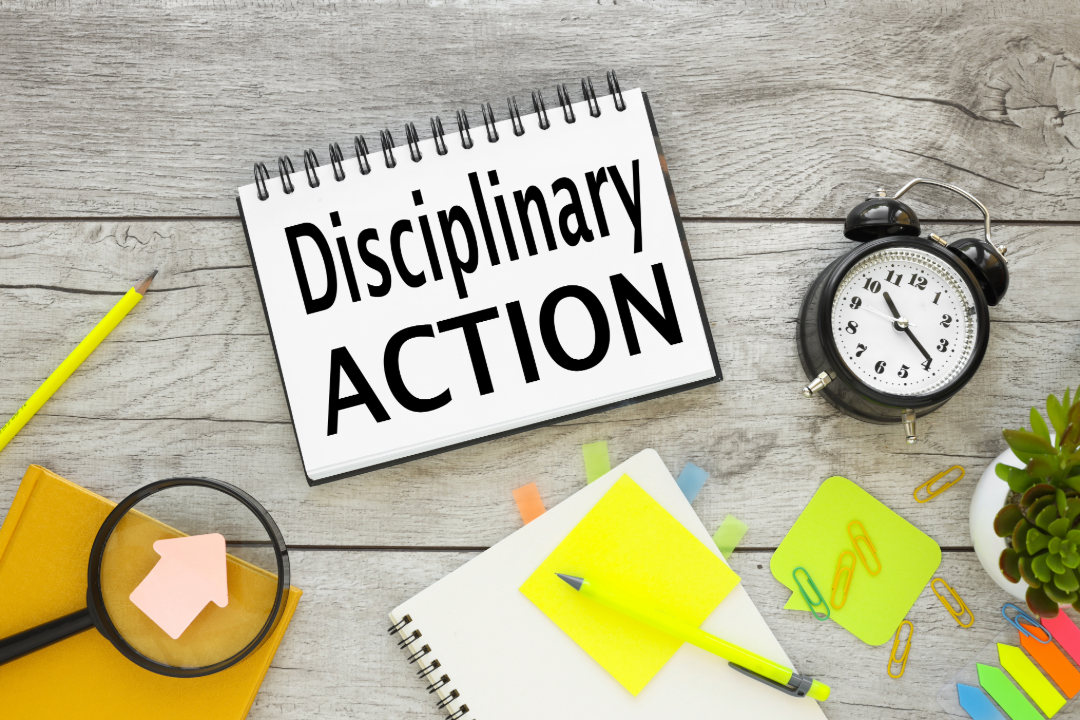Don’t Get into Trouble for Hiring Independent Contractors
22 August 2022
Do you know the rules for using Independent Contractors?
Recently, a common theme of discoveries has been coming across my email: questions about Independent Contractors.
The appeal of using Independent Contractors (subs) is strong.
- Lower Overhead… Taxes, insurance, vehicle expenses, etc. is on the sub and not the company.
- Lower Administrative Burden… Agree on a price for services performed, let them do the work, and pay out. Simple.
- Lower Liability… Not your employee, not your problem… Right? You guessed it. This is where the H.R. Guy has to step in with a dash of cold water!
Does the person QUALIFY for Independent Contractor status? My experience says probably not.
Biden’s DOL is striving to mimic California’s (and a few other states) currently stringent ABC test for determination of employee status. To qualify under this test, all three of these factors must be met:
- The worker is free from the control and direction of the hiring entity in connection with the performance of the work.
- The worker performs tasks that are outside the usual course of the hiring entity's business.
- The worker is customarily engaged in an independently established trade, occupation, or business of the same nature as the work performed for the hiring entity.
Simply put, it does not fly to sub out HVAC installs (most common violation I have seen over the years) when your business core activity involves installation of HVAC systems. No matter if the person doing the work has their own business, license, insurance, etc. If something goes wrong on a job, it is going to likely fall on YOUR shoulders.
So, how can you compliantly use subs? The clearest course is to departmentalize. Establish your marketing to show that you are a pure service company and make clear that any new system installation will be handled by a third party. This way, not only are you complying with the “outside the usual course of business” provision, but you may also be able to use the 7(i) exemption if you put your service techs on a commission structure. The downside, of course, is that you lose control of a BIG part of your Brand recognition because the installers are representing themselves, NOT you.
Another option is to attempt to sub out EVERYTHING by establishing yourself as a General Contractor.
Given how important brand and professionalism is to the Residential Trades, I personally – and professionally – do not see these options as being particularly viable. If you think you may be skirting the line, clearly in violation, or have another option to present, please reach out to me via our website.

Written warnings can be key in managing employees, so you need to know both the art and the science of doing them correctly. These tips for what to include - and what NOT to include - in your written warnings will help you to communicate clearly to your employees, and get you set to defend yourself in a potential legal claim against you.

Reasonable Accommodations in the workplace are no joke - you can get into serious legal trouble if you don't comply with the ADA. Yet here's a case study on a company who terminated someone for an issue directly related to their disability and was not held legally liable. Check out the details of how this might apply to your business.








